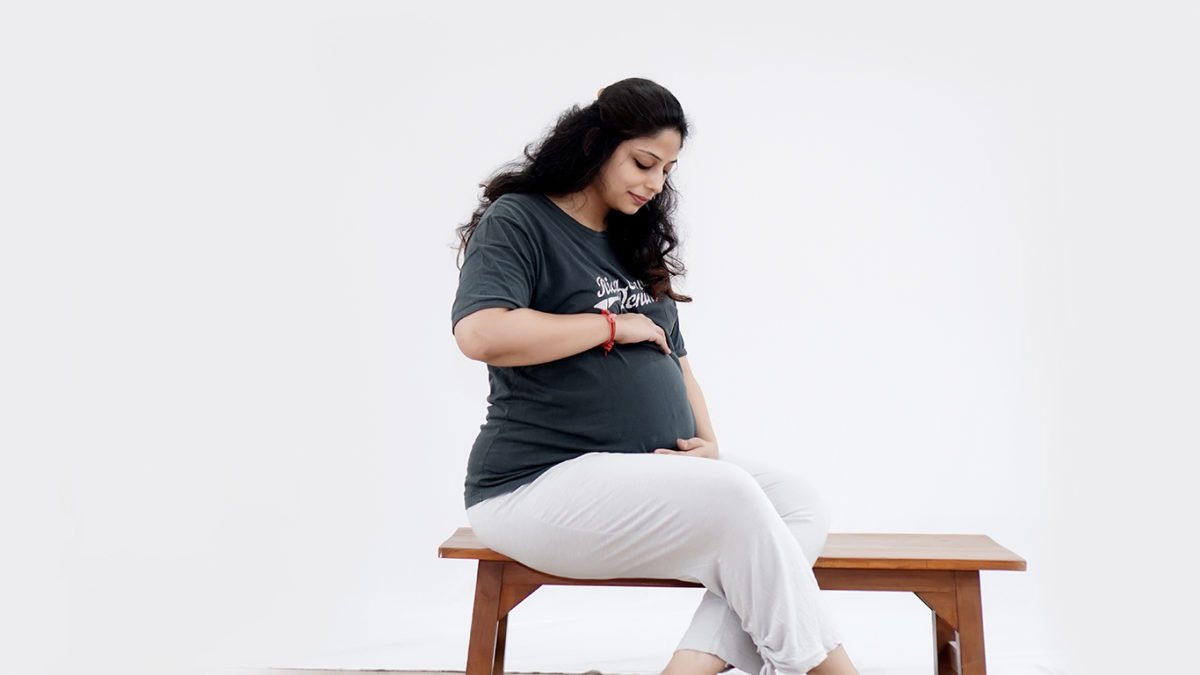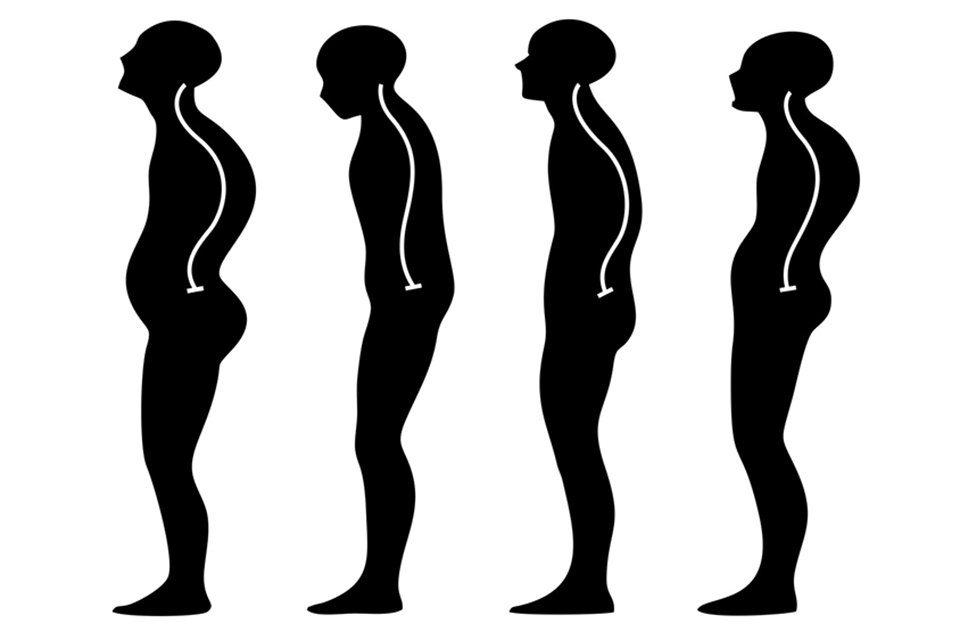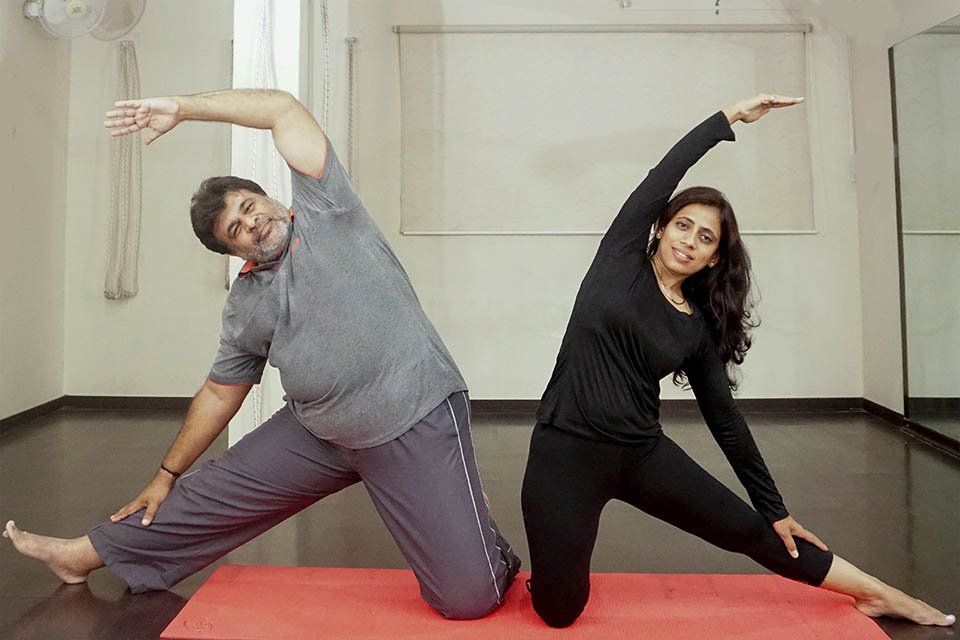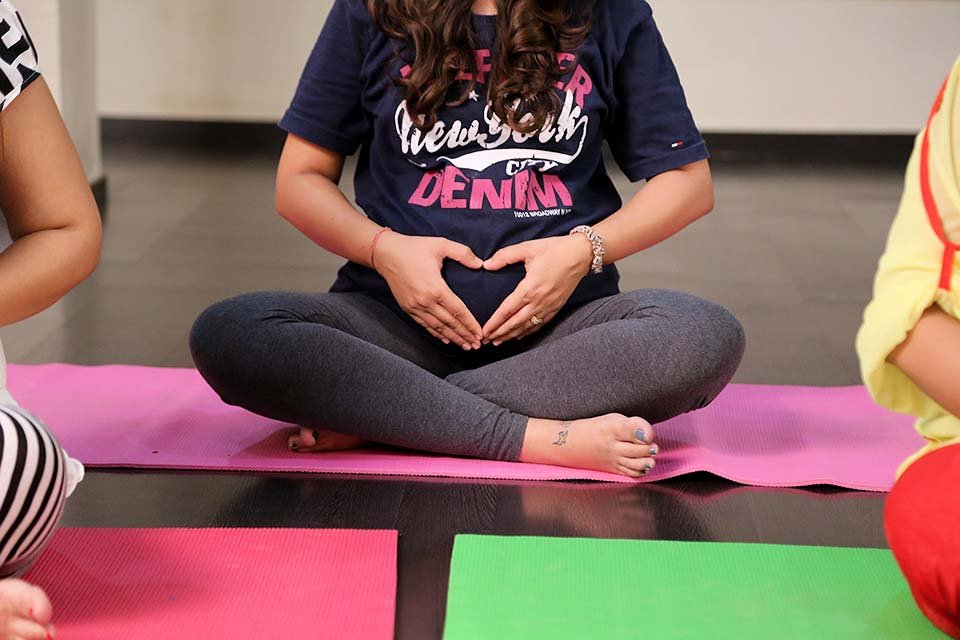Throughout pregnancy, your body and your mind will undergo immense changes. Prenatal Yoga is one of the best ways of managing the additional demands put upon your body, of easing discomfort and of coping with the ups and downs of your emotional state. Knowing that you have yoga at your disposal to alleviate the symptoms of pregnancy-related ailments will feel incredibly empowering.
Looking after Yourself
Pregnancy should be about being in a state of health, and not about suffering. The notion of a woman eating for two and becoming increasingly immobile and awkward as her baby grows has become outdated. This does not mean you should put yourself under pressure to be a “supermum” and place unrealistic demands on yourself. It is important to find the right balance of activity and rest and to nourish you without over-indulging. Yoga brings equilibrium in both mind and body. The yoga postures, breathing and meditation not only help to relieve pregnancy-related symptoms, but they also work on the brain to balance your emotional state.
Let me first give the emotional and physical symptoms and the cause thereof majority women experience during the pregnancy period.
Mood Swings
Hormonal shifts affect mood during pregnancy, as most women, especially those who suffer from premenstrual syndrome (PMS), already know. Women experience most dramatic hormonal fluctuations in her lifetime, so it’s no surprise that emotional ups and downs are commonplace. In addition to this biochemical mix the normal anxieties that any sane expectant mother has about whether the baby will be healthy and whether she will be a good mother, and then you have created plenty of fuel to produce good, classical mood swings.
You are not alone. Take moodiness as a normal part of pregnancy. You are not the first or only woman to experience it, so don’t blame yourself. Rest assured, your family and friends will understand.
Your moodiness may be especially pronounced during the first trimester because your body is adjusting to its new condition. You may find yourself overreacting to little things. A silly, mushy television commercial, for example, may leave you in tears. Misplacing your doctor’s file may send you into a tizzy. A grocery store waiting may draw you into a teeth-clenching rage. Take a few deep breaths, go out for a walk, or just close your eyes and take a short break. Do not worry, you are just pregnant. These feelings often pass as quickly as they arise.
Fatigue
Can’t lift your head off the pillow each morning? Dragging your feet all day? Can’t wait to lay into bed as soon as you arrive home at night? If it seems like your get-up-and-go has left the building—and doesn’t seem to have plans to return anytime soon—it’s not surprising. After all, you’re pregnant. And even though there might not be any evidence on the outside that you’re bus¬ily building a baby, plenty of exhausting work is going on inside. In some ways, your pregnant body is working harder when you’re resting (even when you’re sleeping!) than a non-pregnant body is when running a marathon—only you’re not aware of the exertion.
So what exactly is your body up to? For one very significant thing, it’s manufacturing your baby’s life-support system, the placenta—a massive project that won’t be completed until the end of the first trimester. For another, your body’s hormone levels have increased sig¬nificantly, you’re producing more blood, your heart rate is up, your blood sugar is down, your metabolism is burning energy over time (even when you’re lying in the bed), and you’re using up more nutrients and water. And if that’s not enough to wear you out, just toss into the draining equa¬tion all the other physical and emotional demands of pregnancy that your body is adjusting to. Add it all up, and it’s no wonder you feel as if you’re competing in a triathlon each day—and coming in dead last (or at least, dead tired).
Happily, there is some relief headed your way—eventually. Once the hercu¬lean task of manufacturing the placenta is complete (around the 4th month) and your body has adjusted to the hormonal and emotional changes pregnancy brings, you’ll feel a little peppier.
In the meantime, keep in mind that fatigue is a sensible signal from your body that you need to take it easier these days. So listen up, and get the rest your body needs.
Back Pain
Back pain during pregnancy is a common symptom that many women experience. They typically occur in the latter part of pregnancy, although they can occur earlier.
Shifting in your centre of gravity can be one cause, another can be the change in the curvature of your spine as the baby grows and the uterus enlarges. The health of your spine is crucial to your overall health as it holds all the pathways of energy to the rest of your body.
Breathlessness
You may experience breathlessness during pregnancy as your uterus grows and pushes against the diaphragm and other internal organs.
It can also be caused by a high level of progesterone, which tells the brain to lower carbon dioxide (CO2) levels in the blood. This results in faster and deeper breathing to exhale more CO2. Breathlessness can be a symptom of iron deficiency (especially when coupled with fatigue).
Morning Sickness and Nausea
Pregnancy sickness sometimes known as NVP (nausea and vomiting during pregnancy) is generally believed to be caused by an increase in hormones passing through the liver. It is usually helped by eating small snacks to keep levels of blood sugar balanced. Vitamin B6 is also thought to be effective as it supports liver metabolism. Ginger is another option for relieving nausea, and many women find acupuncture helpful. For most women, the sickness subsides by 12–16 weeks, but unfortunately, a small percentage of women feel sick throughout pregnancy.
Carpal Tunnel Syndrome
Normally associated with people whose jobs involve repetitive hand movements, such as keyboard operators or factory machinists, carpal tunnel syndrome during pregnancy is also common. This is because fluid retention builds up pressure on the median nerve in the wrist. This nerve supplies feeling and movement to the hand and when restricted can cause numbness, tingling and in some cases intense pain. The symptoms generally subside after childbirth as fluid levels return to normal. During pregnancy, there are various ways of relieving the discomfort, such as wearing a wrist splint or practising the following exercise.
Groin Pain and Symphysis Pubis Dysfunction
Groin pain is fairly common in pregnancy and can be severe. It is often caused by the hormone relaxing softening the ligaments, tendons and muscles that support the joints, and it usually occurs any time from the middle of pregnancy onward.
Symphysis pubis dysfunction (SPD) is a condition caused by the relaxing of the ligaments supporting the symphysis pubis joint in order to facilitate birth.
If the ligaments are too loose, the joint becomes unstable and it will probably feel painful to part your legs or to make asymmetrical movements. A related condition is when the gap in the pubic joint widens too much (diastasis symphysis pubis).
Heartburn
Heartburn can occur during pregnancy because the muscles of the oesophagus and stomach soften, slowing down digestion and relaxing the valve at the base of the oesophagus. This allows the contents of the stomach to flow back up the oesophagus more easily. As your baby grows bigger the uterus presses against the stomach, making heartburn even more likely.
Sciatica
Sciatica can show itself by a shooting pain down the middle of the leg or pain in the centre of the buttocks. In pregnancy, it can be caused by the uterus putting pressure on the sciatic nerve. Gentle stretching often helps this condition.
Lower Leg Problems
Swollen ankles and feet are very common during pregnancy. Your body retains fluid to supply your need for extra blood and to replenish amniotic fluid. Varicose veins may also occur as the expanding uterus puts pressure on the pelvic veins, making it harder for blood to return to the heart from the legs. With more blood circulating and the effect of progesterone relaxing the blood vessels, these may bulge. Avoid sitting, standing or kneeling for long periods. Support socks or tights may be helpful. Many women also find acupuncture helps.
How Prenatal Yoga Helps?
Yoga can help you to accept and interpret the changes that you are going through. Respecting your body, eating wisely and practising yoga during your pregnancy all help to build awareness so you will notice when you are out of balance and can take remedial action. As you move with the awareness of the breath, you keep prana or energy flowing freely in the channels (nadis) of your body, restoring equilibrium and even helping to prevent common ailments from developing in the first place. Many women who regularly do yoga sail through their pregnancy without any problems. You can follow trimester-wise modified yoga protocol to make your prenatal yoga a life-changing wonderful experience as under:
Prenatal Yoga during the First Trimester
The first trimester holds a mixed bag for most women. There can be a lot of joy as well as much discomfort too. Consult with an experienced prenatal yoga teacher to find out how to modify your practice as your body changes e.g. substitute Ustrasana (Camel Pose) and Setu Bandha Sarvangasana (Bridge Pose) for Urdhva Dhanurasana (Upward-Facing Bow Pose) during your first trimester. Do not do inversions, twists, or jumps in your first trimester. Also, do not imitate YouTube videos uploaded for prenatal yoga. It’s important not to hamper or threaten implantation of the fetus and placenta.
Prenatal Yoga during Second Trimester
By the second trimester, most women feel comfortable sharing the fact that they are pregnant, the second trimester is the brimming days for prenatal yoga. Now your morning sickness has probably abated (or will do so soon) and while your belly has started growing, it hasn’t yet begun to hamper your ability to move freely. Many prenatal modifications are designed to accommodate a big belly and prevent compression of the uterus.
Standing poses (Utthita Trikonasana, Utthita Parsvakonasana, Virabhadrasana I and II, Utkatasana and balance poses such as Vrksasana, Ardha Chandrasana (Half Moon Pose), and Virabhadrasana III are great for building strength in the legs and increasing circulation to prevent swelling in the feet and ankles—but with the wall or with a chair, in case you feel unbalanced. Chest and hip openers such as Gomukhasana, Viprita Namaskar are favourite poses for this trimester.
This trimester is a good time to introduce you with pranayama exercises as Ujjayi Pranayama (Victorious Breath) and Nadi Shodhana Pranayama (Alternate-Nostril breathing). Good practice for breathing techniques that will help you during labour and delivery. Avoid poses that strain or put pressure on the abdominals. By the fifth month, you will be aware of the movement of your baby, now it is the time to connect and establish your bonding with the baby.
Prenatal Yoga during Third Trimester
Now your body is really changing, the baby’s movement is strong. The sacroiliac joints are loosening, and breathing becomes difficult. The extra weight and your protruding belly will likely to challenge your balance in every posture. Now the balance is an issue, as is weight, and the presence of a projecting belly makes a lot of poses difficult, thus requiring modifications and props. The Balance postures practised during first and second trimester will make you feel lighter and more aligned. This trimester the focus would be on relaxing and rhythmic breathing techniques.
© Health First, Vadodara













